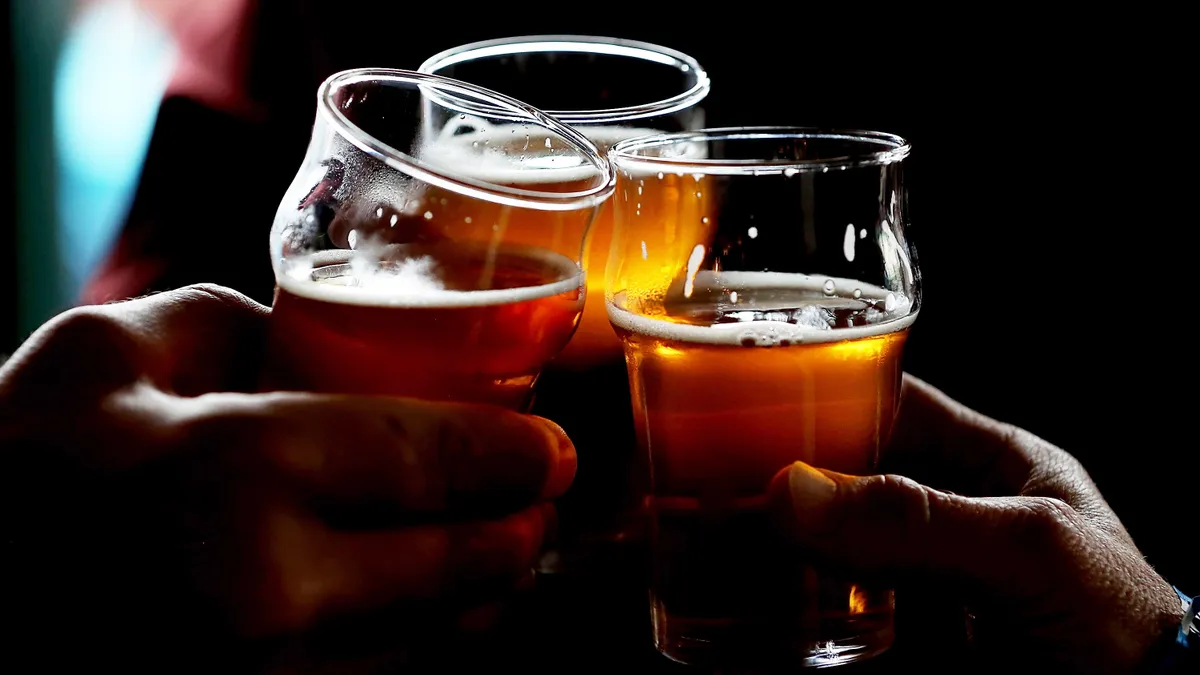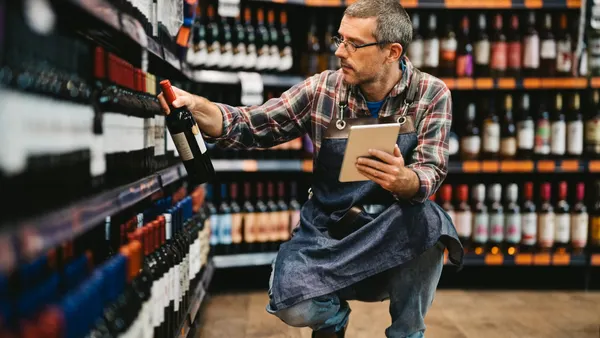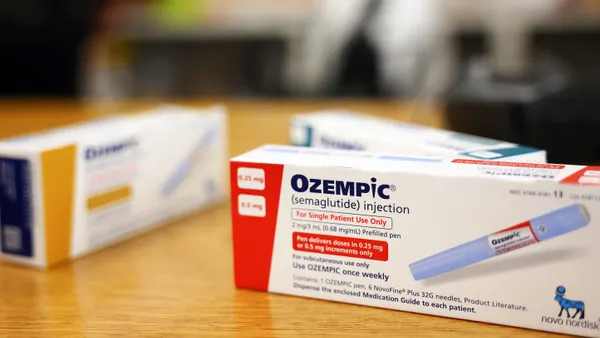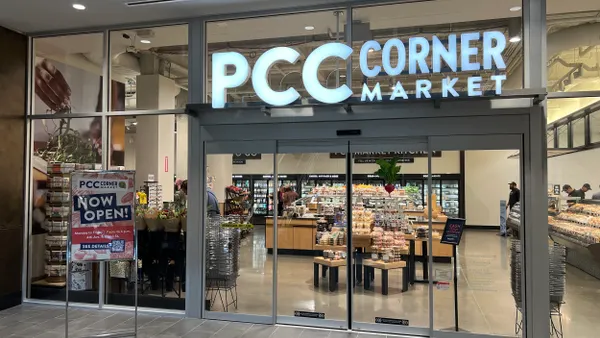At-home alcohol consumption remains high even as pandemic restrictions have rolled back, and despite record-high inflation and supply chain woes, alcohol price increases have remained relatively stable when compared to other CPG categories. Labor shortages, slimming menus and price increases have negatively impacted the recovery of on-premise consumption, giving retailers an edge.
Those high-level findings from a new study by IRI set the stage for grocers to further capitalize on the buzz in beverage alcohol sales they saw early in the pandemic.
The public health crisis forced a dramatic shift in consumer behavior on many fronts, including causing people to avoid bars in favor of having a cocktail at home. For the most part, it’s still not clear which changes will endure, in part because of a sense of uncertainty driven by new variants of the virus, even as there’s a broad push towards a return to pre-pandemic normalcy.
However, IRI’s research suggests at-home drinking has retained its appeal. Here are some of the top takeaways from the study, including how prices are holding up amid inflation, what’s popular among consumers and where alcohol e-commerce stands.
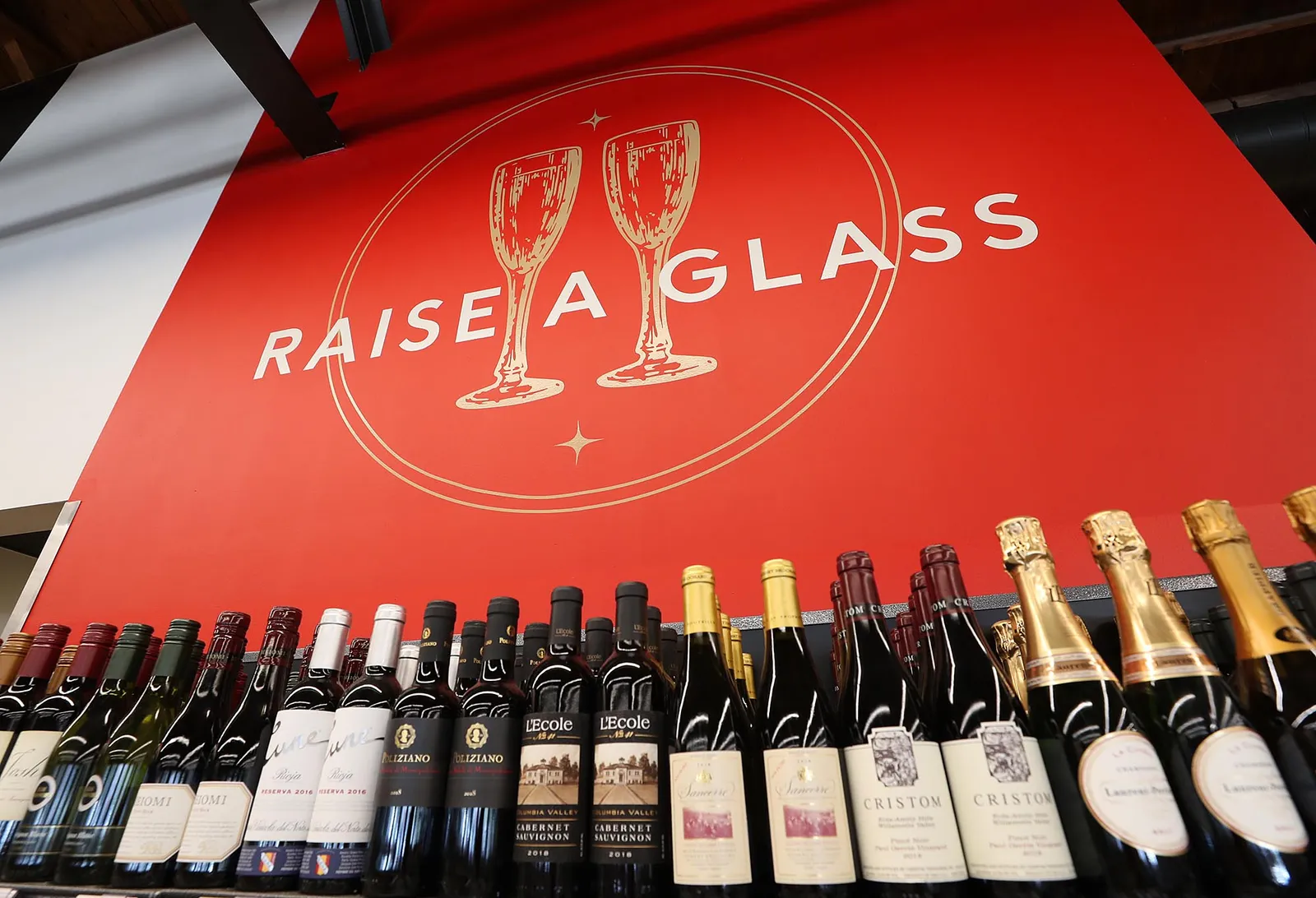
Pour one out for inflation?
During this period of significant inflation, the alcohol industry seems to have largely avoided runaway price increases. Prices for ready-to-drink cocktails rose 4.7% over the past two years, while beer prices rose 1.9% and wine prices rose just 1.1%. Meanwhile, prices for spirits decreased 0.6% during the period, according to IRI.
By comparison, carbonated soft drink prices rose 10%, while prices for energy drinks rose 8.3%.
“Consumption trends continue to fluctuate with the impact of supply chain challenges and rising inflation, but opportunities for growth remain,” Scott Scanlon, executive vice president of the beverage alcohol vertical for IRI, said in a press release. “Consumers are looking to indulge and create entertaining experiences at home, and retailers should emphasize premium products and products with unique attributes in this space.”
While consumers are seeking ways to make a dollar go further in many areas, reducing consumption of alcoholic beverages does not seem among their cost-cutting measures. During the 52 weeks ending June 26, premium beer accounted for 34.8% of all beer sales, compared to 31.3% two years ago. Value beer made up 50.9% of sales, down from 54.7% two years ago. Premium wine also saw a bump, increasing from 21.5% of sales two years ago to 24.2% in the past 52 weeks.
The “super-premium” tiers for beer, wine and spirits all separately saw increases for the last 52 weeks compared to two years ago.
Cheers to ready-to-drink, better-for-you options
Increased consumption of pre-mixed and ready-to-drink cocktail options have largely contributed to the continuing drinking people are doing at home, IRI found.
“Better-for-you” and alternative alcohol products also saw considerable bumps, and increased spending on premium and super-premium products drove growth despite economic concerns, according to the report.
In an example of how pandemic habits are enduring, canned cocktails, which rose in popularity during quarantine, continue to drive industry growth despite the reopening of bars and restaurants, per IRI’s research.
Hard seltzer sales hit $4.8 billion in 2021 — a giant leap from the $500 million recorded in 2018 — and totaled $4.7 billion for the last 52 weeks ending June 26, 2022, per IRI.
“Hard seltzer variety packs made entertaining at home more interesting and were a great way for consumers to experiment without the higher prices associated with on-premise,” the report said.
Themed and limited-release packs are also remaining popular across the alcohol category, IRI found.
Consumer emphasis on wellness and health has also greatly affected habits, with “better-for-you” alcoholic alternatives seeing a 20.1% increase in sales from 2021 to 2022. Low and no-alcohol offerings saw a 6% increase in that same time period.
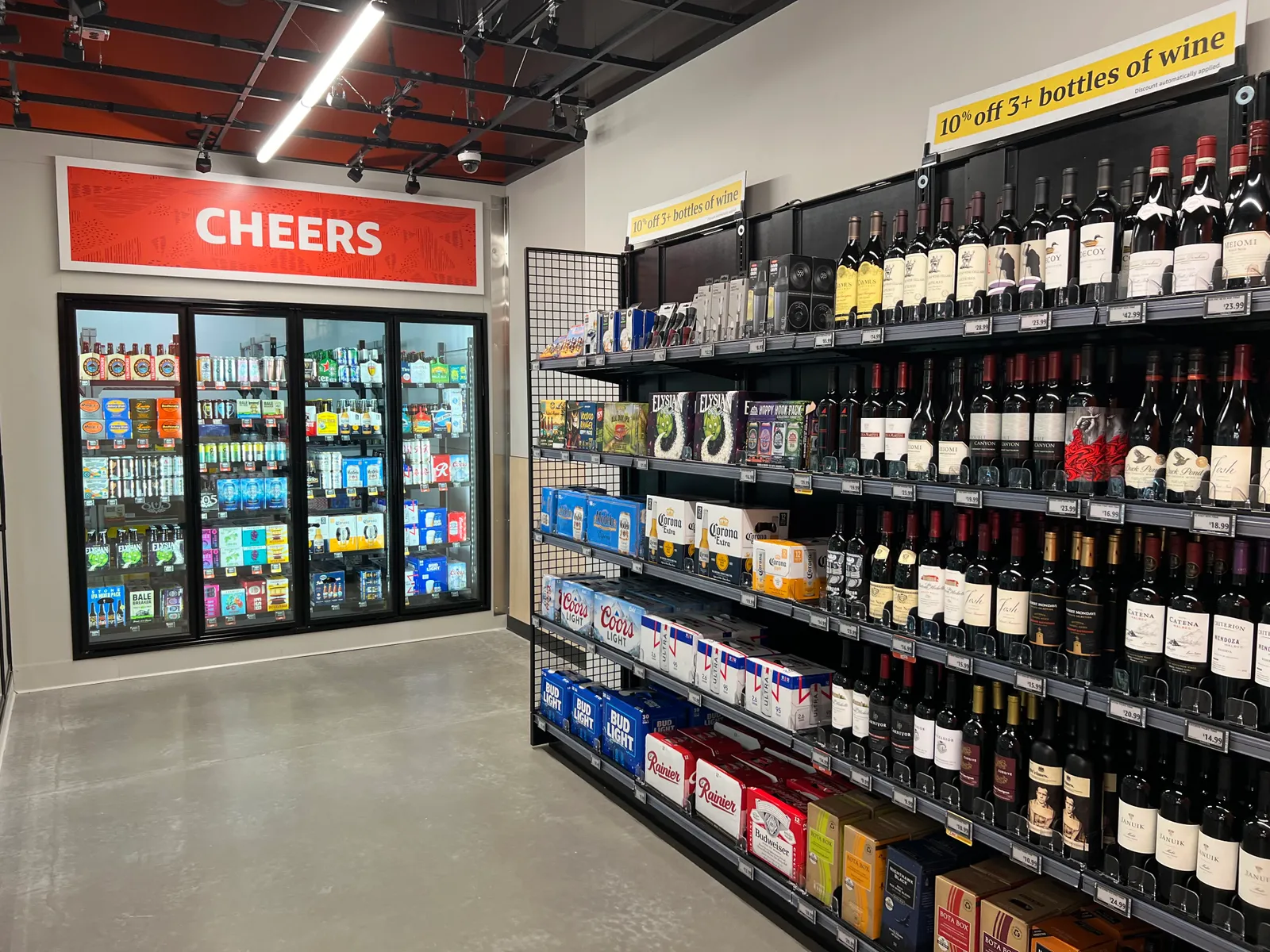
Raise a glass to e-commerce gains
While e-commerce sales have recently decelerated, the channel “remains a viable option” for beer, wine and spirits, per the report, which noted that premium wine and spirits continue to gain e-commerce share.
Wine and spirits both made e-commerce gains relative to brick-and-mortar stores in recent years, whereas online beer sales have remained unchanged since 2020, IRI found. Coupled with research from Rabobank that forecasts online alcohol sales from grocery stores will grow roughly 15% in 2022 to reach $1.87 billion, the IRI findings suggest the online channel can be a key sales driver.
IRI recommended that companies apply their in-store standards for promotions, price monitoring and distribution to their alcohol assortment online.
Highlighting how retailers can leverage an omnichannel strategy for alcohol, IRI described how Target uses its stores as showrooms, service centers and hubs for digital fulfillment and noted the retailer’s fulfillment options span in-store pickup, drive-up and same-day delivery. Target has recently been expanding its pick and same-day delivery options for alcohol purchases.
The combination of those methods appears to be paying off: Target’s multi-channel spend is four times higher than spending by consumers who only shop in-stores and 10 times higher than what online-only shoppers spend, according to IRI.




